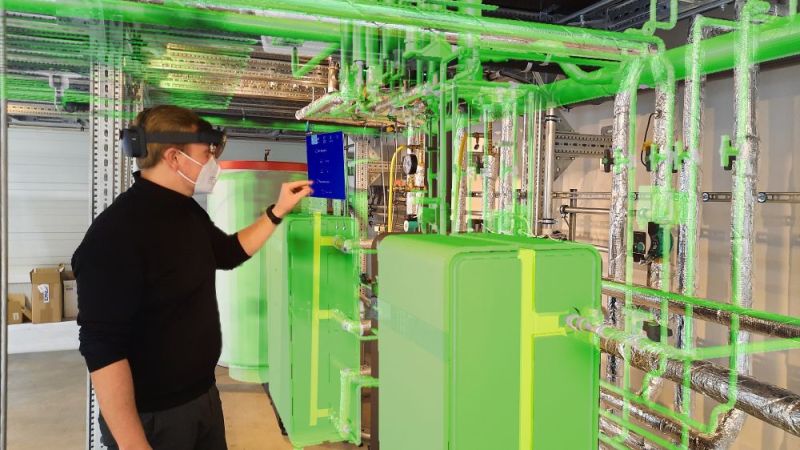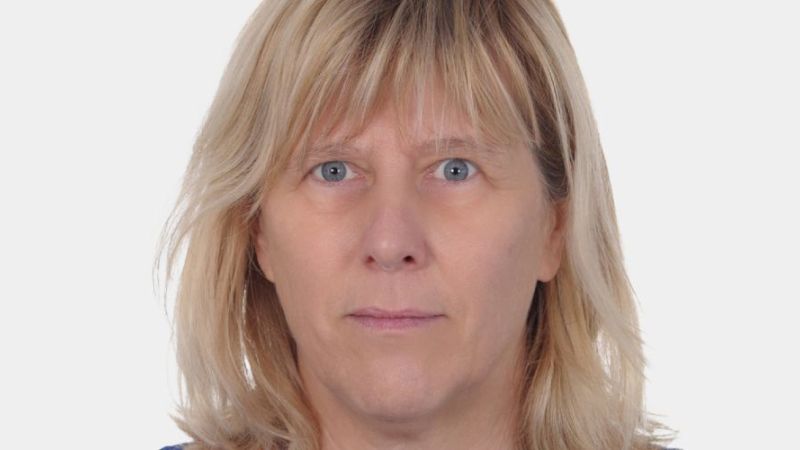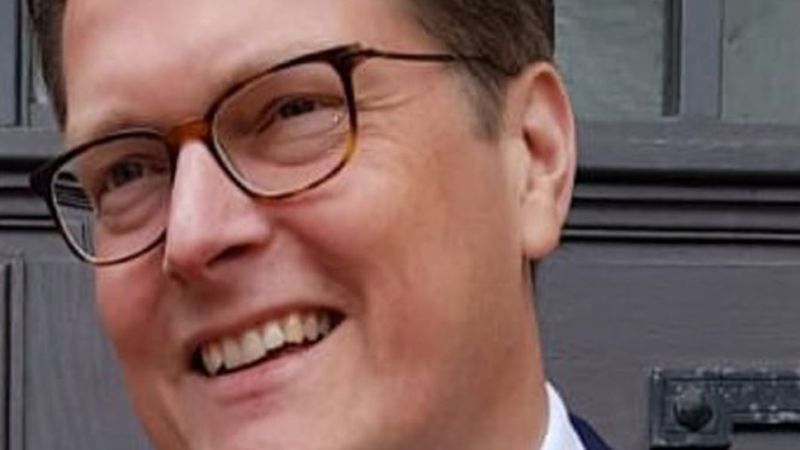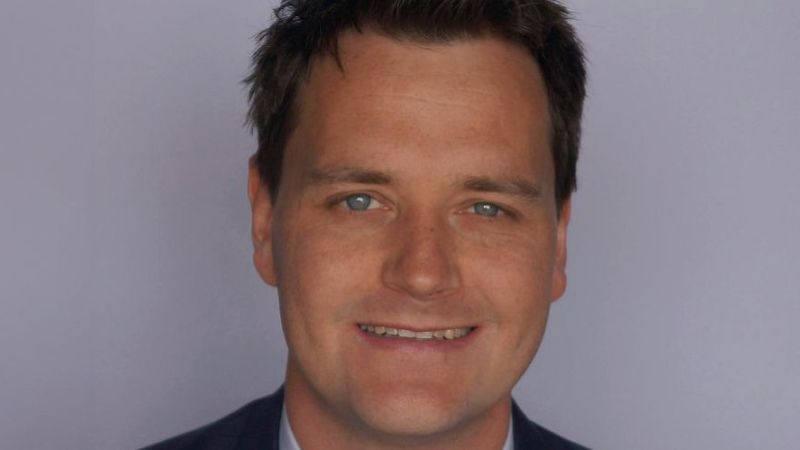 © Neher Butz Plus GmbH, Dominic Schumny
© Neher Butz Plus GmbH, Dominic Schumny
AI in building technology
‘We couldn't have afforded the development costs’
Matthias Wenthe Mission Energy System 2045, Mission Transfer
Together with scientific partners, Matthias Wenthes company has developed a cloud solution for on-site visualisation of building technology. In this interview, he describes how the BMWK-funded project energyTWIN evolved into a market-ready app.
Mr Wenthe, construction sites can now be planned and inspected digitally. What advantages do you see here?
Digital planning and site inspections enable more efficient coordination of all parties involved, improve the exchange of information and reduce errors and costs. The accurate visualisation of BIM data using augmented reality means that tradespeople can see virtual models of future installations in the early construction phases. This helps to avoid clashes with other trades. This precise visualisation improves coordination on the construction site, reduces errors and increases efficiency in the construction process.
What about older buildings: Do their owners also benefit from digitalisation?
Here, the focus is on the technical building equipment that has been installed. A digital twin of the system on a tablet reflects the current operation on site, virtually live: What is the current flow temperature? Are all pumps working correctly? Malfunctions are detected early and can be rectified. The integration of artificial intelligence into the 3D model also facilitates maintenance and repair. This makes the operation of the systems more efficient and saves energy.
How is real system technology represented as a digital 3D model?
In the project, we used 3D laser scanners to create detailed point clouds of the technical building equipment. These point clouds, together with the planning model, serve as the basis for a digital twin of the entire building. The digital twin integrates topological relationships. This makes it possible, for example, to see which pipe belongs to which circuit. In addition, the twin continuously stores real-time sensor data in the cloud. The current state of the TGA can then be visualised using appropriate applications.
This results in large amounts of data. What happens with it?
That was exactly our part in the BMWK-funded research project energyTWIN. We developed a cloud server where all project-related data converges. Some of this data is stored directly on the server, while some is accessible through interfaces of the participating companies and is aggregated. The important thing is: There is one server where all relevant data is centrally available for everyone involved.
09.12.2020 Mission Electricity Transition 2045, Mission Energy System 2045, Mission Heat Transition 2045 News
energyTWIN: digital energy twin for buildings
The energyTWIN research project aims to use virtual images to make building operations more efficient.
moreThe app was developed after the project was completed. What were the requirements for this?
For our further development, it was fundamental that all objects captured on-site could be displayed in web and app views as 3D models with the correct size and position. Individual systems such as ventilation or heating technology can be viewed separately. The result is the AR-Explorer Construction app. Through this, virtual objects can be displayed in reality. This is particularly interesting for architects, planning offices, or craft businesses.
How did the collaboration with the researchers go?
The exchange and close cooperation with the project partners was definitely helpful. Each team contributed its expertise.The specialists from RWTH Aachen created the georeferenced as-built model and correctly mapped the topological relationships of the various system components. This means, for example, it's now possible to see which pipe belongs to which circuit. The aedifion GmbH provided the sensors, and the marketing company TEMA integrated the 3D objects into the view of an XR headset.
You have a company with 12 employees. How did you benefit from the project funding?
In an agency, in-house developments often get sidelined by day-to-day business, as customer orders usually take priority. Developing complex new software on the side is hardly possible for a company of our size. The question of the correct positioning of augmented reality content in three-dimensional space is not trivial.
‘Without funding, it would have remained just a good idea.’Dr. Matthias Wenthe (Internet Marketing Services GmbH)
This would have required a development effort of two and a half years, which we couldn't have afforded. Without the funding, it would have remained just a good idea. By connecting the academic world with the partner companies, we were also able to acquire industry know-how in the construction industry and establish contacts. This enabled us to adapt the general topic of ‘augmented reality in space’ to the specific needs of the construction sector.
The interview was conducted by Birgit Schneider, a science journalist at the project management organisation Forschungszentrum Jülich.




